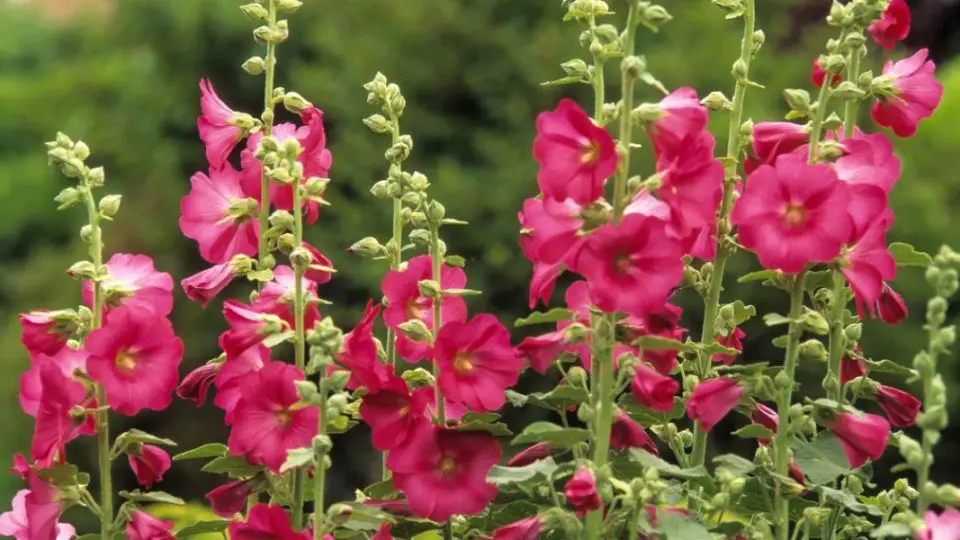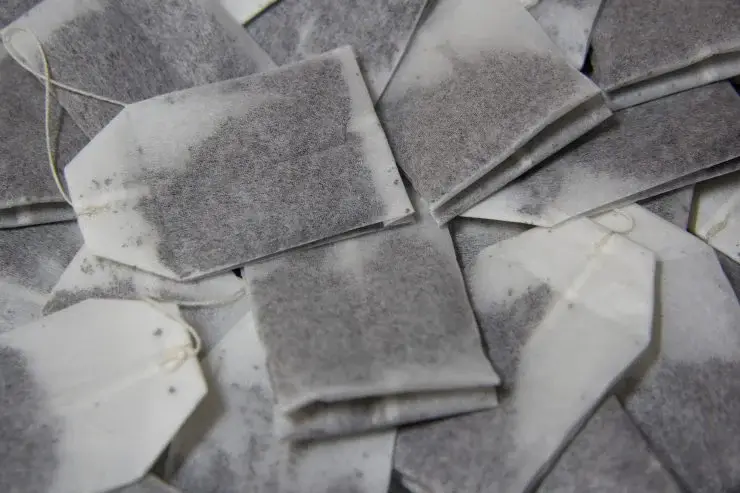Holly: growing and planting the majestic queen of gardens
Holly, a perennial plant that captures the hearts of many amateur and professional gardeners.
With its large, cup-shaped flowers, vibrant colors and towering height, the holly is the epitome of beauty and grace.
By exploring this majestic flower, you will discover the secrets of its cultivation, varieties, medicinal properties and much more.
If you are a gardening enthusiast or simply curious about the extraordinary beauty of the holm oak, you are in the right place to learn more about this fascinating plant.
READ: Discover these 15 incredible plants that survive almost without water!
Origin and history of malvarrosa
Holly (Alcea rosea) is a perennial herbaceous plant of the Malvaceae family .
It is native to western Asia, particularly the eastern Mediterranean region. Holly was introduced to Europe in the Middle Ages, where it quickly conquered the gardens and green spaces of monasteries thanks to its beauty and rapid growth.
Today this plant is widely spread throughout the world and is particularly appreciated for its majestic flowers which can reach 3 meters in height.
Botanical characteristics of Malvarrosa
Holly is a perennial plant characterized by an erect and robust stem, which can reach a height of between 1.5 and 3 metres.
The leaves of the holm oak are alternate, palmately lobed and toothed, with a down . The solitary or grouped flowers are large and funnel-shaped, with rounded petals and of various colors, ranging from white, pink, red, yellow, purple and even black.
The flowers usually bloom from June to September, offering a colorful and eye-catching display.
by insects, especially bees and butterflies. The fruits of Malvarrosa are circular capsules containing many seeds, which ensure the reproduction and diffusion of the plant.
Malvarrosa variety
There are many varieties of hollies, which differ in color, shape and size.
Some of the most popular varieties include:
- Alcea rosea ‘Nigra’ : This variety is highly prized for its intense black flowers, which bring a touch of elegance and mystery to the garden.
- Alcea rosea ‘Chater’s Double Mix’ : This variety offers double flowers in a variety of colors ranging from white, pink, red, yellow and purple, bringing a spectacular, lush effect to the garden.
- Alcea rosea ‘Halo’ : This series of hollies features two-tone flowers, with a contrasting ring around the center of the flower.
- Alcea rosea ‘Apricot’ : as the name indicates, this variety offers flowers of a delicate and bright apricot colour.
- Alcea rosea ‘Majorette Mix’ : This dwarf variety is ideal for small gardens or small spaces, as it does not exceed one meter in height.
Cultivation and maintenance of Malvarrosa
Malvarrosa is an easy plant to grow and does not require special care.
It prefers well-drained soil, rich in organic matter and a sunny or slightly shaded position. Holm oak is also drought and wind tolerant, making it particularly suitable for coastal gardens or regions with dry climates.
- Sowing: Holly seeds can be sown in autumn or spring. It is advisable to sow them directly on site, because holly does not like to be transplanted.
- Water: The holm oak requires regular watering, especially in periods of drought. However, it is important not to overwater, because excess water can encourage the onset of diseases.
- Pruning: Pruning Malvarrosa consists of cutting the stem about 30 cm from the ground after flowering. This pruning promotes the formation of new branches and prolongs the life of the plant.
- Diseases: Holm oak may be susceptible to some diseases, particularly rust and mold. It is important to monitor symptoms regularly and treat immediately if an infection occurs.
Medicinal Uses of Holly
In addition to its ornamental aspect, malvarrosa has interesting medicinal properties , in particular thanks to its richness in mucilage, a substance with softening and emollient properties.
The flowers, leaves and roots of the holm oak can be used in herbal medicine to relieve various ailments:
- Respiratory disorders: Holly is traditionally used to calm coughs, sore throats and bronchitis, thanks to its emollient and expectorant action.
- Digestive problems: holly can help relieve abdominal pain, bloating and constipation, thanks to its emollient action on the digestive mucous membranes.
- It is important to note that the use of holly in herbal medicine should be under the supervision of a health professional, as some people may have allergies or contraindications to this plant.
In short, holly is a multi-faceted plant that seduces with its majestic beauty and ease of cultivation.
It stands out as an essential plant in gardens and also offers interesting medicinal properties. Don’t hesitate to adopt it in your green space to take advantage of its many benefits.






